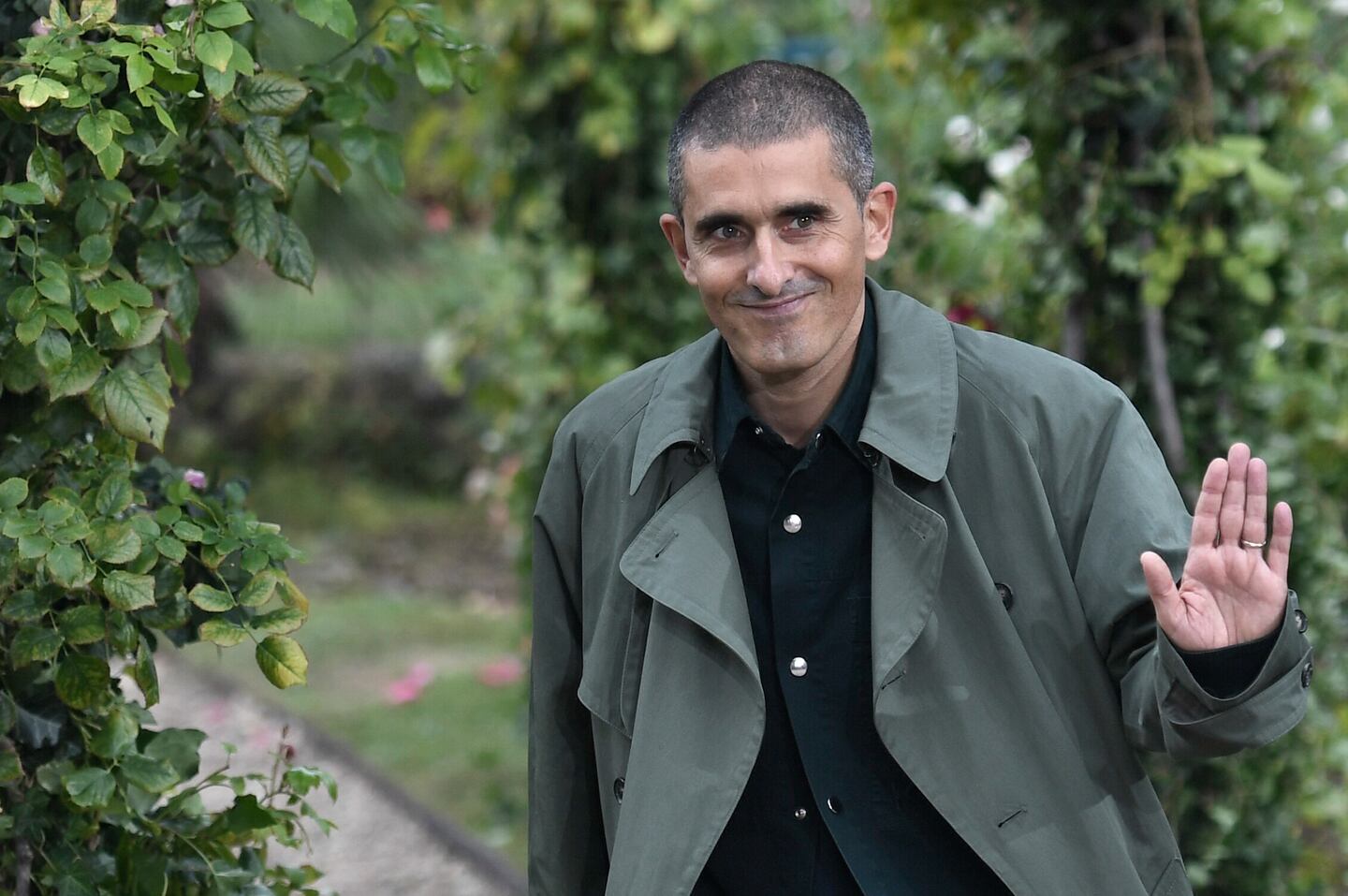
The Business of Fashion
Agenda-setting intelligence, analysis and advice for the global fashion community.

Agenda-setting intelligence, analysis and advice for the global fashion community.

Portuguese designer Felipe Oliveira Baptista will step down from his position as artistic director of Kenzo after two years.
His contract will be allowed to expire at the end of June, the LVMH-owned fashion brand said in a statement. The brand did not say if or when it plans to name a successor.
Kenzo has struggled to renew its image as interest in its embroidered tiger sweatshirts and low-top sneakers cooled.
The label tapped Oliveira Baptista following the departure of Carol Lim and Humberto Leon, the founders of the New York boutique Opening Ceremony. Their streetwear-inspired revamp sparked renewed interest in the label upon their arrival in 2011, but the momentum proved difficult to maintain.
ADVERTISEMENT
While other LVMH brands have reinforced their position as top-priced luxury names with exclusive retail strategies, Kenzo has been stuck at a premium price point. Its $250 sweatshirts are still easy to find in department stores and multi-brand boutiques (often at a discount).
During his time at the brand, Oliveira Baptista sought to revive the legacy of its founder, Kenzo Takada, who died last October of complications after he contracted Covid-19. The Japanese-born designer was known for relaxed, colourful creations and nomadic references. His creations were a fixture of ’70s and ’80s nightlife, sported by the likes of Grace Jones and Iman.
”I wanted to bring him back a bit, at the same time as looking ahead, to create excitement, rather than just marketing and rebranding,” Oliveira Baptista told BoF last January.
A few months later, the coronavirus pandemic transformed the landscape for turning around underperforming fashion brands. Luxury sales fell an average of 23 percent last year, and the impact was even more exaggerated for many small and mid-sized labels, especially ones who didn’t have strong momentum going into the crisis.
Even industry juggernaut LVMH, whose Dior and Louis Vuitton labels have bounced back quickly, has been cracking down on underperforming units: the group ceased operations of shirtmaker Thomas Pink, unwound its joint venture with shoemaker Nicholas Kirkwood, and put Rihanna’s Fenty ready-to-wear start-up on hold. As recently as last week it cut loose another creative director, Kris Van Assche, who had served as Berluti’s designer since 2018.
Disclosure: LVMH is part of a group of investors who, together, hold a minority interest in The Business of Fashion. All investors have signed shareholders’ documentation guaranteeing BoF’s complete editorial independence.
Related Articles:
Felipe Oliveira Baptista Talks Kenzo Challenge
ADVERTISEMENT
Kenzo Taps Felipe Oliveira Baptista
The fashion giant has been working with advisers to study possibilities for the Marc Jacobs brand after being approached by suitors.
A runway show at corporate headquarters underscored how the brand’s nearly decade-long quest to elevate its image — and prices — is finally paying off.
Mining company Anglo American is considering offloading its storied diamond unit. It won’t be an easy sell.
The deal is expected to help tip the company into profit for the first time and has got some speculating whether Beckham may one day eclipse her husband in money-making potential.